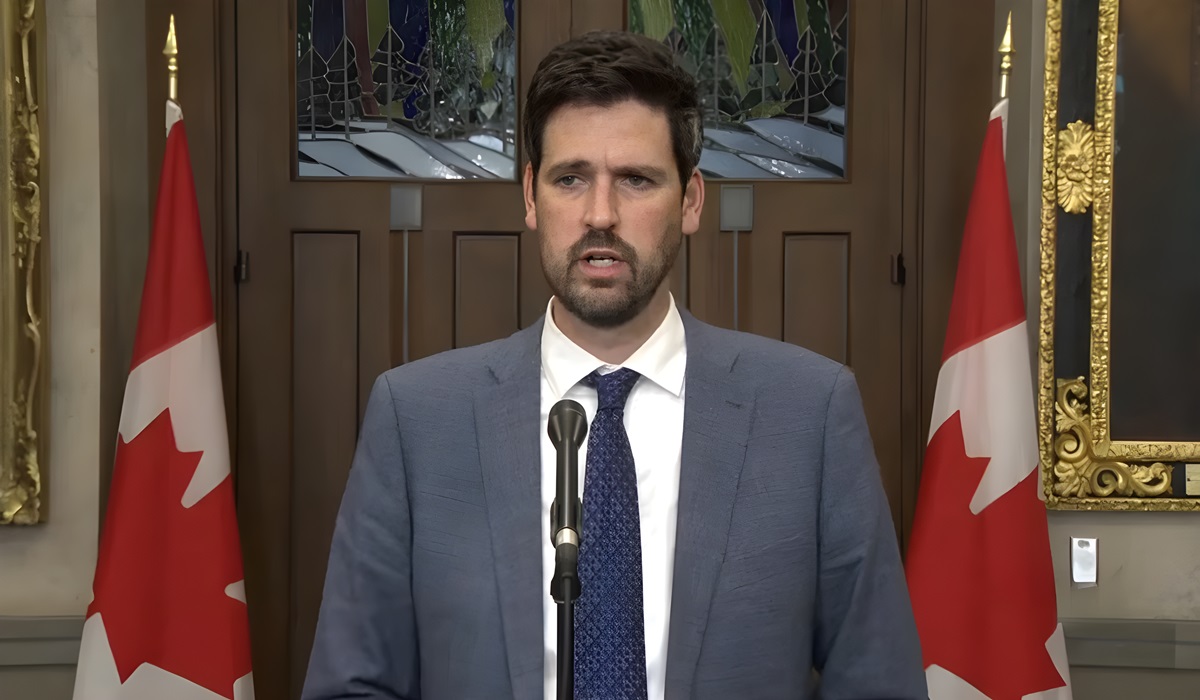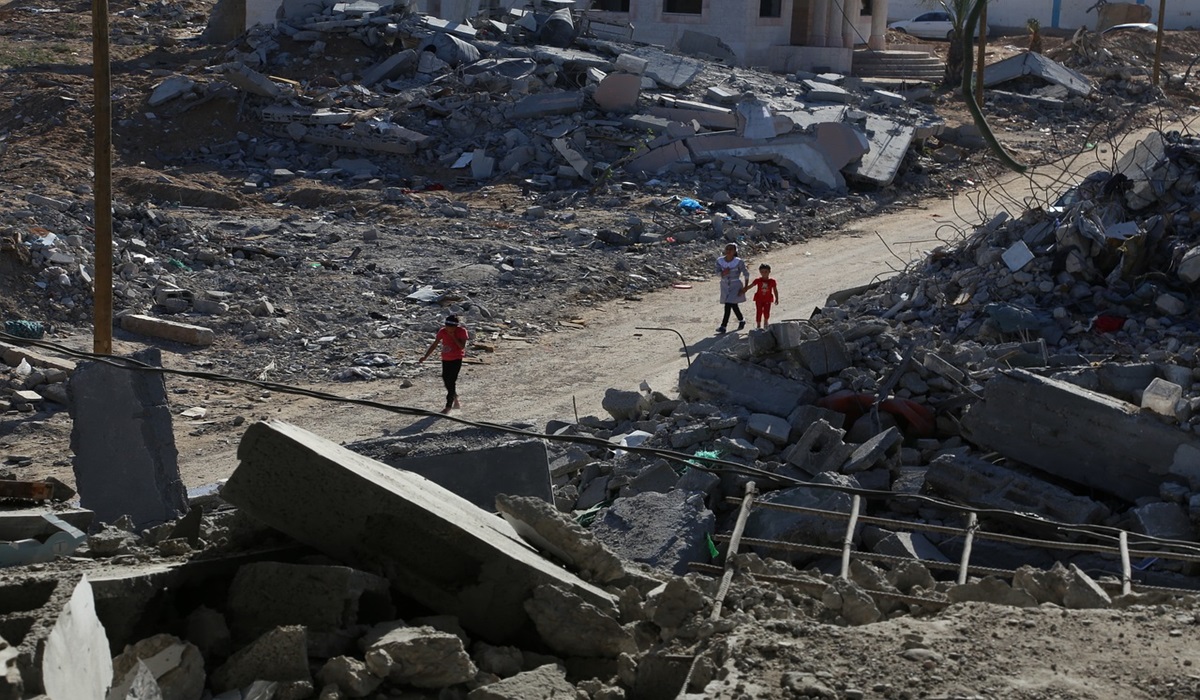The Silent Toll: Media-Induced Sensory Overload and Mental Health
- TDS News
- Breaking News
- June 16, 2024

Image Credit, Edeta
In our contemporary world, sensory overload has become an omnipresent phenomenon, particularly exacerbated by the relentless barrage of media coverage on war, violence, and various forms of human suffering. This pervasive exposure to negative imagery and stories demands profound introspection and reflection on its impact on our collective mental health and societal consciousness.
The media, with its omnipresent reach and influence, plays a pivotal role in shaping our perceptions of reality. The constant stream of war coverage, images of destruction, gas attacks, violence, and the heart-wrenching plight of children caught in conflict zones are powerful and disturbing. This exposure does not merely inform; it bombards the senses, often leading to a state of mental and emotional exhaustion known as sensory overload.
Sensory overload occurs when one is exposed to more information than the brain can process, leading to feelings of overwhelm and stress. In the context of media consumption, this can result in heightened anxiety, desensitization, and even the development of various phobias. For instance, continuous exposure to graphic images of violence and genocide can evoke a deep-seated fear of safety, mistrust in humanity, and a pervasive sense of hopelessness.
The psychological toll of negative media coverage cannot be understated. Studies have shown that exposure to violent and disturbing news content can lead to increased levels of stress, anxiety, and depression among viewers. The depiction of human suffering, corruption, and moral decay in the media can skew our perception of the world, making it seem more dangerous and chaotic than it may be. This constant negative framing can have profound implications for our mental well-being and social attitudes.
When we are incessantly confronted with stories of destruction and despair, our capacity for empathy can be compromised. We may become numb to suffering, unable to muster the emotional strength to care deeply about the endless stream of tragedies. This desensitization can erode the social fabric, diminishing our collective capacity for compassion and action.
Given the significant impact that media content can have on mental health, a crucial question arises: When does the media take into account the mental well-being of its audience? Should media organizations bear a responsibility to mitigate the negative effects of their coverage? Or is their primary duty to report the truth, regardless of the psychological consequences?
There is a delicate balance to be struck. On one hand, the media has a fundamental obligation to report on important issues, including war, violence, and corruption. These are realities that demand attention and action. However, the manner in which these stories are presented can profoundly influence their impact on the audience.
One approach to mitigating the negative impact of media coverage is through positive framing and constructive journalism. This does not mean avoiding difficult topics or sugar-coating reality, but rather presenting stories in a way that highlights solutions, resilience, and positive outcomes. By focusing on how communities are coping and rebuilding, or on the efforts of individuals and organizations working towards peace and justice, the media can provide a more balanced perspective that fosters hope and empowerment.
Constructive journalism aims to provide a fuller picture of the world, one that includes both the challenges and the progress being made. It encourages audiences to engage with the news in a more meaningful and productive way, promoting a sense of agency rather than helplessness. This approach can help to mitigate the adverse effects of sensory overload, offering a counterbalance to the constant stream of negative news.
Ethical considerations also play a crucial role in media coverage. Journalists and editors must grapple with the question of how to report on sensitive and traumatic events without causing undue harm to their audience. This involves making editorial decisions about which images to show, how to frame stories, and the language used in reporting.
For instance, graphic images of violence and suffering should be used judiciously, with careful consideration of their potential impact on viewers. Trigger warnings and content advisories can provide audiences with the option to make informed choices about their media consumption. Additionally, providing context and background information can help viewers to understand the broader picture and reduce feelings of helplessness.
It is important to recognize that the media does not merely reflect reality; it shapes it. Through framing and narrative construction, media organizations influence how events are perceived and understood by the public. This power to shape perceptions comes with a significant responsibility.
When media outlets focus predominantly on negative stories, they contribute to a culture of fear and pessimism. Conversely, by highlighting positive developments and stories of human resilience, they can foster a more hopeful and proactive mindset. The choice of what to report and how to report it has profound implications for societal attitudes and behaviors.
As consumers of media, we also bear responsibility for how we engage with news and information. Mindful consumption involves being aware of the potential impact of media on our mental health and taking proactive steps to manage it. This might include setting limits on news consumption, seeking out diverse sources of information, and prioritizing content that offers constructive and balanced perspectives.
Engaging in critical thinking and questioning the narratives presented by the media can also help to mitigate the effects of sensory overload. By actively seeking out stories of hope and progress, we can counterbalance the negative coverage and cultivate a more nuanced understanding of the world.
Media literacy is an essential tool in navigating the complex landscape of contemporary media. Educating ourselves and others about how media works, how it shapes perceptions, and how to critically evaluate news content can empower us to make more informed choices about our media consumption. Media literacy programs can provide individuals with the skills needed to discern bias, recognize manipulation, and seek out reliable sources of information.
Ultimately, addressing sensory overload caused by media requires a collective effort. Media organizations need to adopt more balanced and ethical reporting practices, while consumers must become more mindful and media-literate. By working together, we can foster a media environment that not only informs but also uplifts and empowers, contributing to a healthier, more resilient society.








